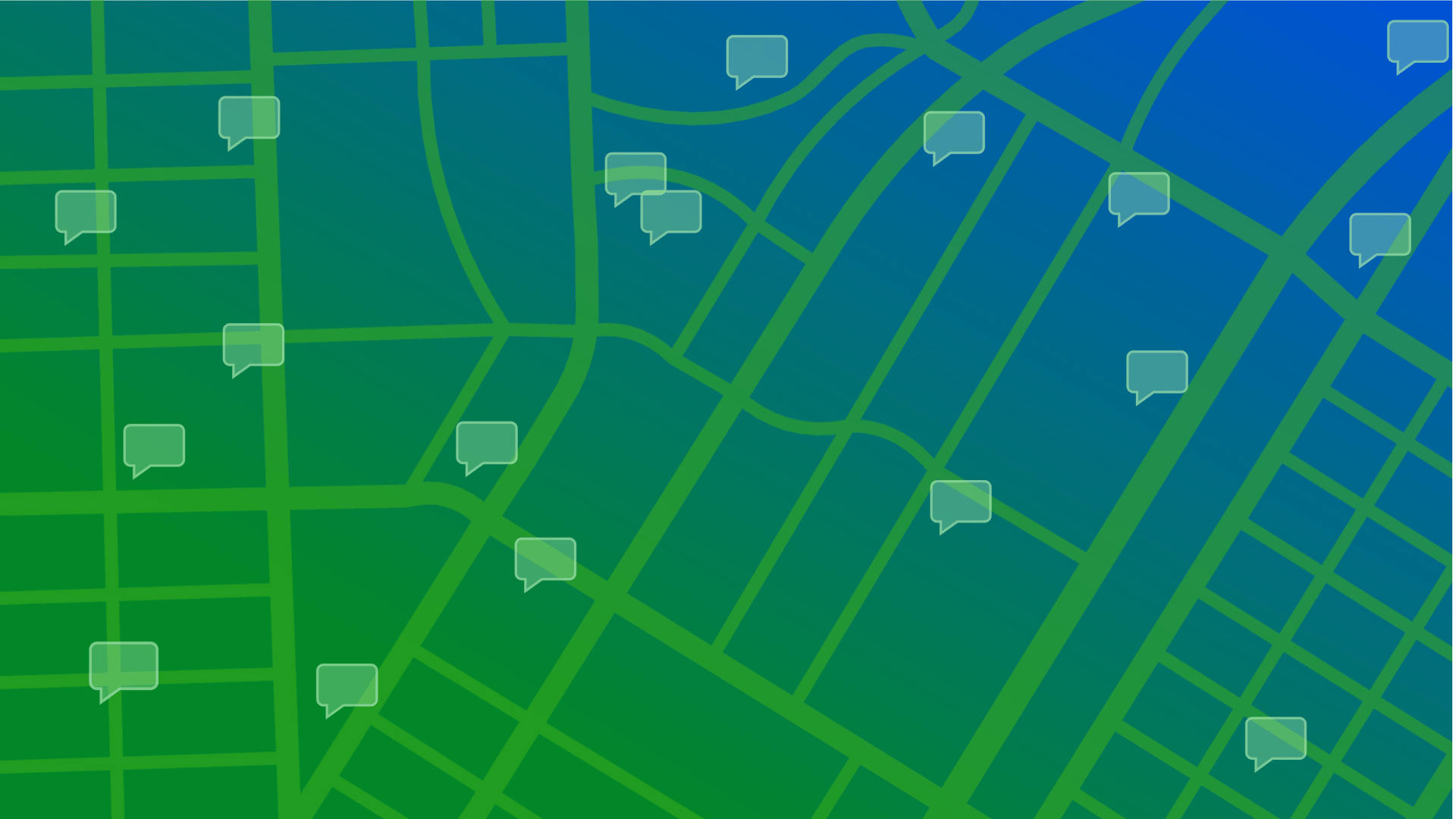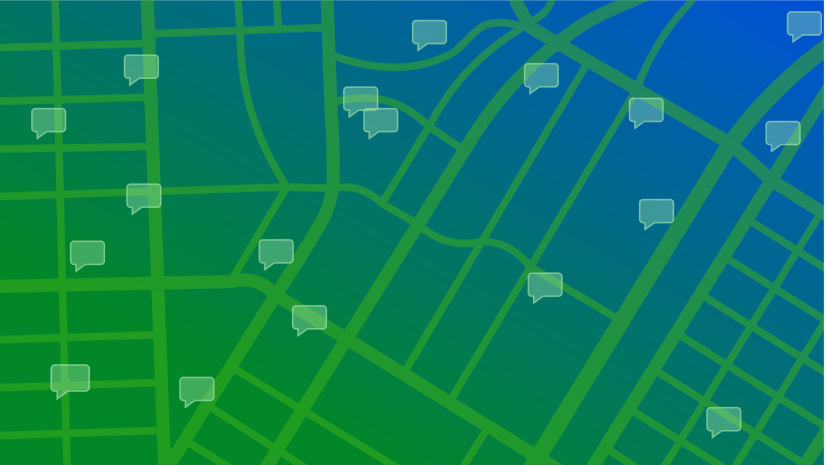
The Engagement Matters Podcast
Season 1, Episode 7
Bill Parker and Travis Peterson, both GIS Supervisors with Pacific Gas and Electric, share how they are driving collaboration across teams, departments and lines of business with GIS.
Listen now
Click on the audio player below to listen to this episode.
(Listen on any of these platforms:
Apple Podcasts, Spotify, Amazon Music, iHeartRadio, PlayerFM, Podbean)
Background
Pacific Gas and Electric (PG&E) is a utility company that provides natural gas and electrical service to millions of customers across northern and central California. With 6,700+ miles of natural gas distribution lines, 18,000+ miles of electric distribution lines, and nearly continuous upgrades and maintenance projects, it’s no surprise that an army of highly trained specialists supports PG&E’s mission every day. What is surprising is how quickly these teams are embracing GIS as a way to collaborate with one another to be more efficient and reduce impacts on customers.
Different perspectives drive the need to collaborate
At first glance, Bill Parker and Travis Peterson are typical GIS Supervisors. They both manage teams that collect, store, analyze, and visualize data (electric for Bill and gas for Travis). They both build web applications and automations to keep data flowing around their teams and stakeholders. They both believe in the power of GIS to help people do their work and understand the impact that it makes. What makes them unique is that they both have experienced GIS across a wide range of industries and use cases. Bill’s journey started as an archeologist in college, whereas Travis’s started in the US Marine Corps surveying and analyzing data. Both transitioned into the private sector, dabbled in technology startups, and eventually found their way into PG&E. Travis summarizes his previous experience as having “seen GIS through a few lenses” which has helped him understand what his coworkers across the gas business need. Similarly, Bill views his time “working as a consultant in environmental” as something that helped him see the differences in what biologists or transportation planners needed from GIS. In both cases, these wide-ranging experiences have helped both men see the wide range of needs that users place on a GIS.
Transparency isn’t always the way, but collaboration always is
The first major insight that’s clear from Bill and Travis is that their collaboration efforts are based on giving users what they need and what they can actually use (collaboration), not just giving everyone unfettered access to everything (transparency). This is not to say that transparency is bad, but just that in the context of PG&E’s business that it isn’t as valuable as collaboration. Bill highlights the focus on collaborating by focusing on the fact that “there’s sometimes a lot of overlap between the requests that come into [his] electric group and Travis’s gas group.” Take for example the environmental team that needs to know where projects are happening from each side of the business. Both Bill and Travis could simply share the line feature layer that shows the highly detailed work that will happen. That transparency without the subject matter expertise to understand the data isn’t valuable to PG&E staff. What’s more important is to “get these folks all talking and sharing and open those lines of communication” with the help of GIS. That’s collaboration and is why Bill and Travis worked together to build their GeoHub site that uses ArcGIS Hub and ArcGIS Online. It’s a virtual place where base GIS data (streets, boundaries, imagery) can be found and where a more guided use of GIS can be curated.
The GeoHub supports collaboration and communicates the vision
The GeoHub is an internal-only Hub where Bill and Travis’s teams can collaborate with staff through data, applications, and guided experiences. Through GeoHub, the GIS teams can:
- Share data: Eliminating duplication of data collection and purchase
- Highlight applications: Help staff self-serve by using embedded apps to answer their own simpler questions
- Guide users: To know when to contact a specific subject matter expert or team
The site can do all of this because it relies on high quality metadata which does more than just describe what a specific piece of content is. This metadata and the narratives built around it help staff to be more confident about when to self-serve and when not to.
Bill and Travis are continually monitoring the site and how it’s being used to evaluate what content needs to be added or removed. The goal is to create a useful framework for collaboration, not just a site that continually grows without any pruning. Users are encouraged to share their data, applications, and insights back to Bill and Travis through the GeoHub to help make it more useful over time. This helps to balance the goals of both GIS teams with the goals and evolving needs of the staff that they serve. As the site evolves, this deliberate maintenance will help shape this collaboration initiative within PG&E into an effort that supports the company’s core mission.
Learn More
If you are interested in learning more about ArcGIS Hub – a no-code solution from Esri for creating websites (“sites”) that support stakeholder collaboration and engagement – you can follow this podcast series, read these blog articles, view examples from the ArcGIS Hub community in the Hub Gallery, or watch these instructional videos.










Article Discussion: